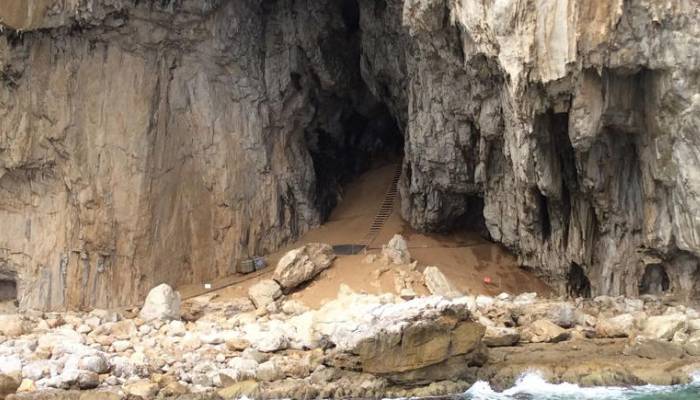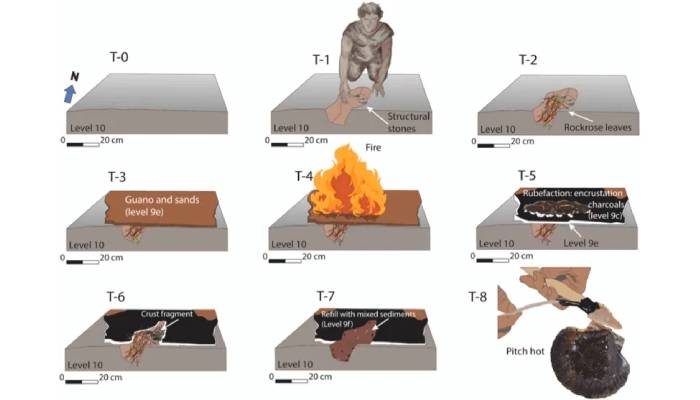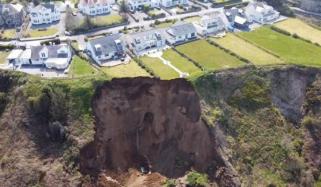
Archaeologists in the lberian Peninsula have uncovered a remarkable 65,000-year-old tar making factory built by Neanderthals.
A new study published in the journal Quaternary Science Reviews revealed that this feat was accomplished 20,000 years before modern humans (Homo sapiens) arrived in the region.
Neanderthals used sticky tar to create glue for making weapons and tools. The whole process occurred in a carefully designed hearth that enabled them to regulate the fire and control the temperature to create the gooey substance.
Although, archaeologists have long known that Neanderthals produced glue, including tar, resin and sticky substances from ochre, this newly uncovered hearth likely constructed in the floor of a cave in what is now Gibraltar, reveals that Neanderthals were skilled engineers who had refined the process of making glue.

The researchers wrote in the study, "The structure that has revealed a hitherto unknown way by which Neanderthals managed and used fire.”
Neanderthal hearth consists of a circular pit about 09 inches wide and 3.5 inches deep (22 by 9 centimeters) with sharply defined vertical walls and two small trenches, roughly an inch long, extend to the north and south.
The hearth which initially looks simple is actually a remarkable feat of precision engineering that leaves researchers in awe.















